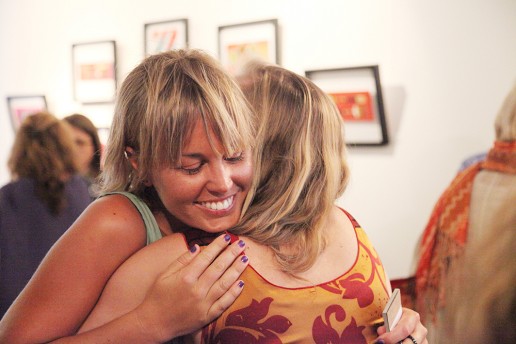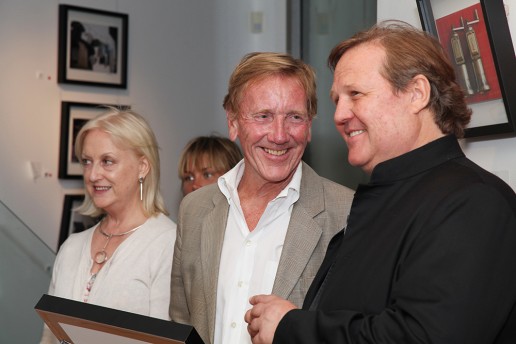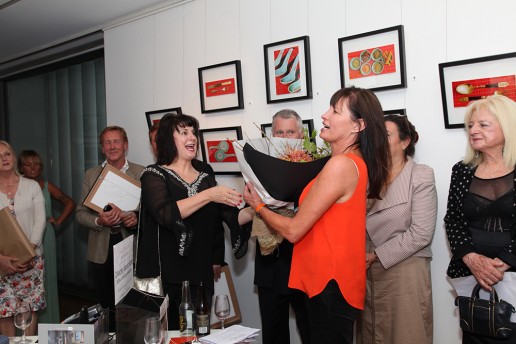28th December 2013 – Richard Martin Gallery. A Benefit for Alzhiemer’s Australia.
MC Professor Catharine Lumby, special guest speakers Edmund Capon, Tim Olsen & Sue Pieters-Hawke.
Real Food
An Essay by Catharine Lumby.
Secure a table at the latest hot restaurant and chances are your meal will be punctuated by the repetitive swoosh-click of someone’s iPhone photographing, not their friends, but their food.
Since the rise of food blogs, food photography is no longer confined to the pages of glossy magazines and cookbooks. Twitter, Instagram, Facebook and Tumblr have put the means of global media distribution in everyone’s back pocket. A quick search of #lunch on Instagram yields over 7 million photos of – well – some stranger’s lunch. The images that are most often sent out into the ether seem designed to proclaim the photographer’s hipster street cred or gourmand status.
The French gourmand Brillat-Savarin who wrote The Physiology of Taste famously said: “Tell me what you eat: I will tell you what you are”. The author of You Aren’t What You Eat: Fed Up With Gastroculture, Steven Poole responds: “Well, I for one am not part roast chicken and part crisps. The promise is obviously preposterous, as though one could deduce the philosophy of Wittgenstein from a close analysis of his breakfasts; but it does sanction the use of food as a marker of class distinction and aesthetic sensitivity…”.
So now that we are drowning in online food auteurs it may be worth asking where that leaves serious photographers who photograph food, produce and the things we use in the kitchen and at our tables.
What distinguishes their work?
Food photography is a branch of still life photography but is more often seen as a branch of advertising and marketing – largely of glossy cookbooks and food magazines. Laura Robins’ photographs of food escape both the banality and faux snobbery of the ubiquitous social media images and the slickness of food porn.
She takes photographs that are grounded in the reasons we commune around food and why we arrange simple produce for the eye as well as the palate. She restores images of food to their quotidian status. Her images have nothing more to say.
They are skillfully composed pictures that remind us of the everyday relationship we have to food and the utensils we use for preparing it, eating it and cooking it.
Robins’ images work against the grain of the now commonplace idea that representations are always about something else. Her photos are simple images of a moment in time that she saw, captured and wanted to share. She has an extraordinary eye for colour, light and tone. She has, in common parlance, a great eye. Which is incredibly refreshing in a world saturated with pictures of someone else’s lunch.
Professor Catharine Lumby is a research academic at Macquarie University who has been writing on contemporary art since the 1980s.



